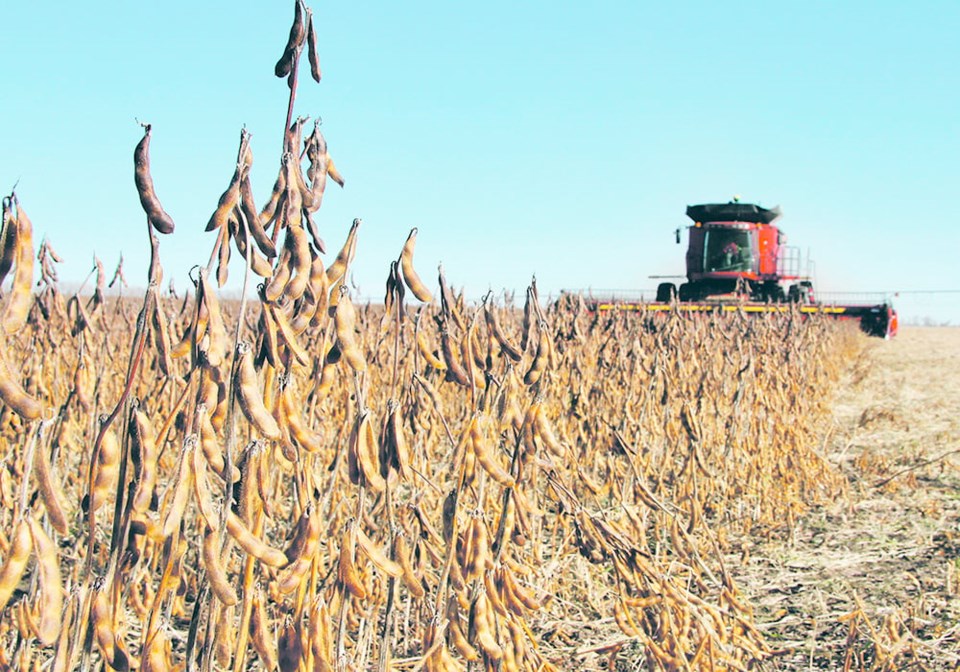SASKATOON — China’s crop imports are forecast to be robust in the year ahead, but the Chinese government is predicting a major contraction over the next decade.
The U.S. Department of Agriculture believes China will import a record 109 million tonnes of soybeans in 2024-25.
Corn imports are forecast at 23 million tonnes, second only to the 29.5 million tonnes bought in 2020-21.
Wheat purchases are pegged at 11 million tonnes, which would be China’s 10th largest import program for that crop.
China would be the world’s top buyer of all three crops if those USDA estimates prove accurate, so it has a major influence on global grains and oilseeds prices.
But that influence will diminish over the next 10 years if a long-range forecast by the Chinese Academy of Agricultural Sciences (CAAS) comes true.
It is predicting that the country’s total grain output will rise to 766 million tonnes by 2033-34, up from 695 million tonnes this year, according to the Dim Sums blog.
That is based on steady planted area and a 10 per cent increase in yields.
The U.S. Department of Agriculture and the Chinese Academy of Agricultural Sciences have very different notions about the volume of soybeans China will be importing over the next decade. Who is right will go a long way towards determining oilseed values in the coming years. | Source: Dim Sums Blog
That 71 million tonnes of additional output will ease the pressure on China’s supply/demand balance sheet, resulting in 91.5 per cent self-sufficiency in grain by 2033.
CAAS is forecasting 78.7 million tonnes of Chinese soybean imports in 2033-34. That is at odds with the USDA’s projection of 138.3 million tonnes.
China’s projection is based in part on static soybean demand over the next decade, due in large part to steady pork production.
The gap between the two forecasts is massive. Who is right will go a long way toward determining oilseed prices in the years to come.
MarketsFarm analyst Bruce Burnett thinks the answer to that question is a no-brainer.
“I wouldn’t believe a Chinese number as far as I could throw it,” he said.
“End of story.”
He thinks CAAS’s numbers are based on China adding 71 million tonnes of production over the next 10 years, which is a stretch.
“It’s a government agency, and if the government has a policy the agency isn’t going to buck what the government’s plan is,” said Burnett.
A similar divergence in forecasts is seen with grain crops.
“CAAS projected that China’s corn imports will drop dramatically in the next two years and eventually fall to 6.8 million metric tons in 2033-34,” said Dim Sums.
Meanwhile, the USDA is forecasting corn imports will gradually climb to 26 million tonnes.
Wheat purchases are forecast by CAAS to tumble to 4.85 million tonnes compared to USDA’s projection of 9.67 million tonnes.
Burnett said there is always a possibility that the Chinese numbers prove to be accurate.
If that happens, it would reshape global grain markets by removing a sizeable chunk of demand.
That would in turn result in a pullback in production in key export markets around the world.
“Quite frankly, the market will respond,” he said.
CAAS also said China will continue down its path of diversifying the list of countries from which it sources grains and oilseeds.
Contact [email protected]




